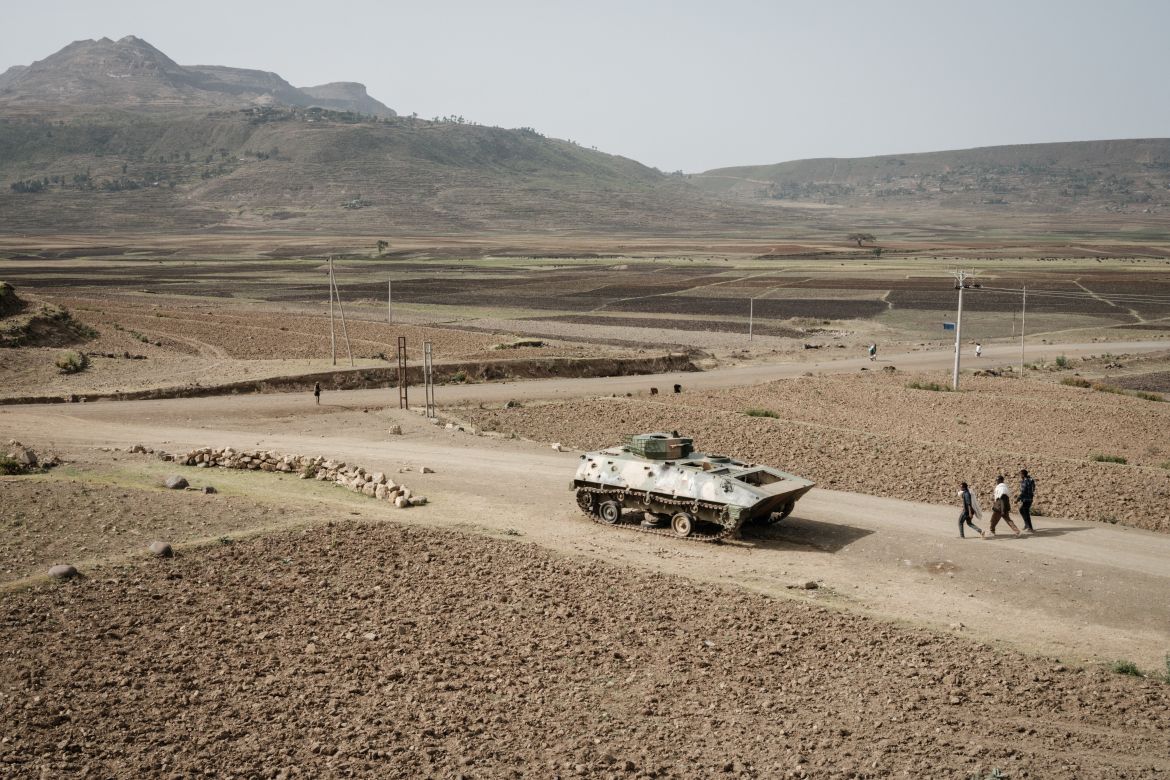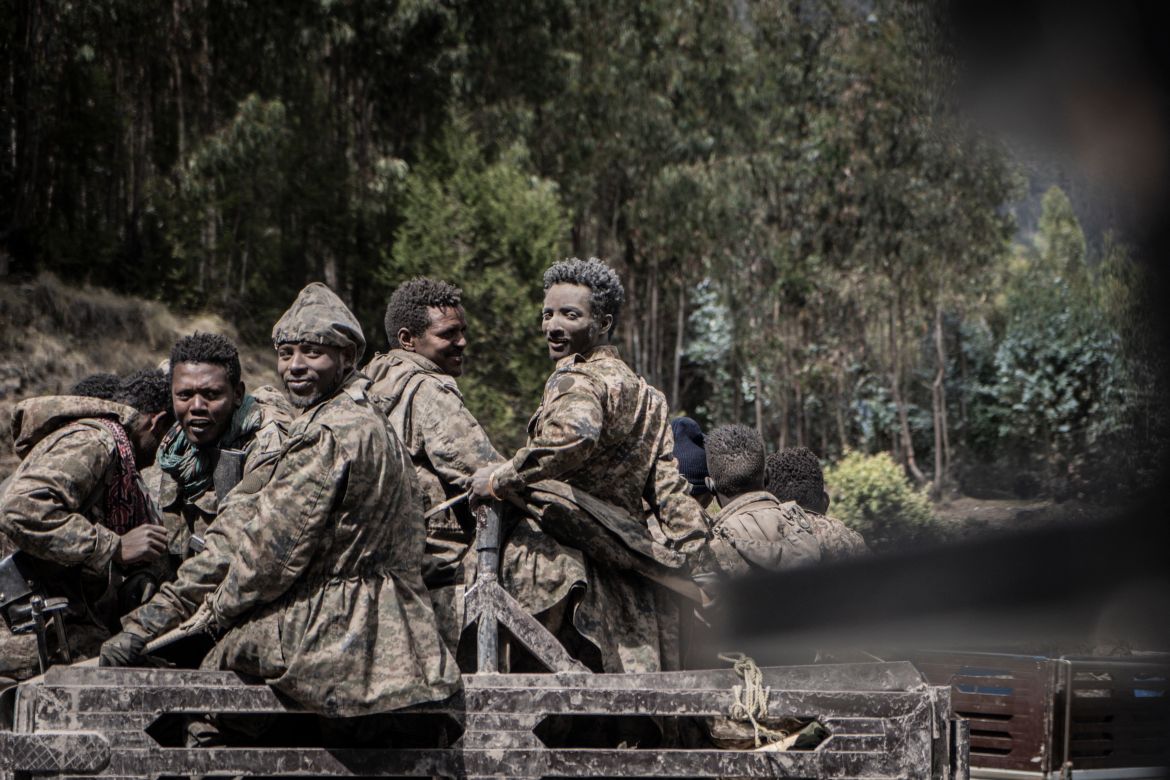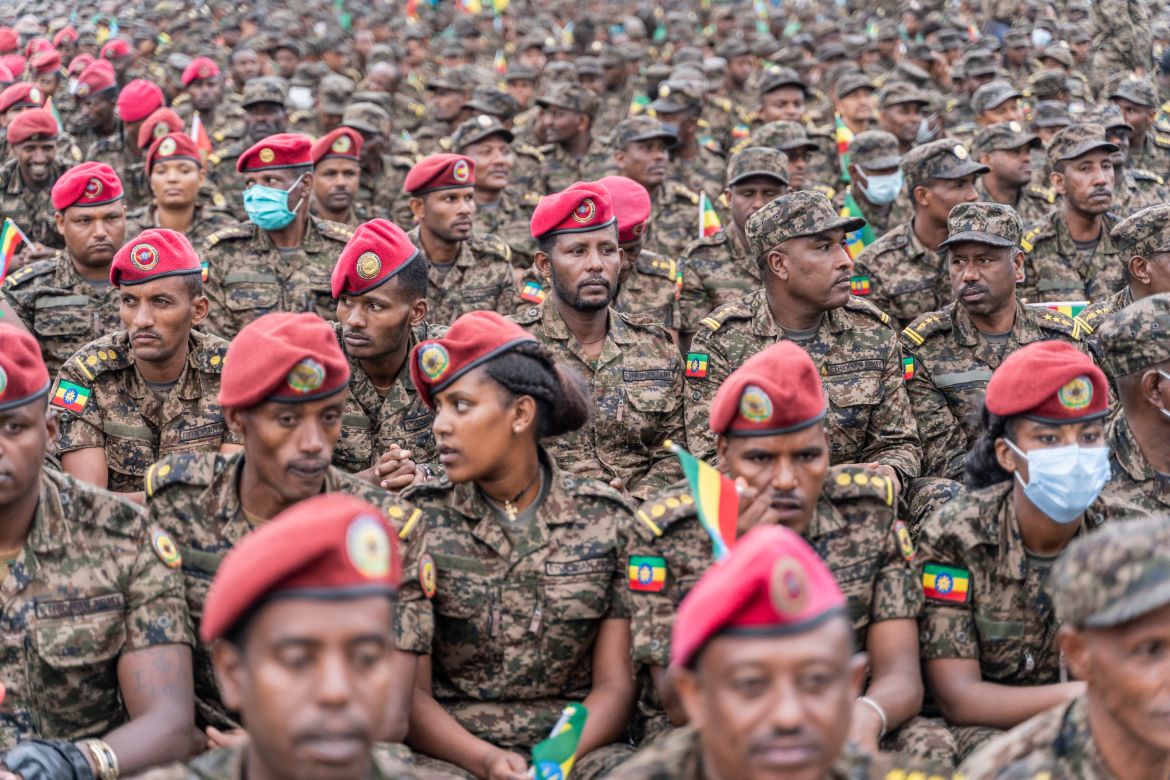
The cost of reconstruction in the battle-scarred northern region is estimated at $20bn.
An accord signed a year ago between the rivals in Ethiopia’s Tigray war has brought peace to the shattered region but ignited yet another conflict in the increasingly fractured nation.
In November 2022, Ethiopia’s federal government and the rebellious authorities of Tigray agreed to a ceasefire during talks in South Africa after two years of bloodshed and atrocities that killed hundreds of thousands of people.
With the guns silent at last, Ethiopia’s northern region has begun the task of rebuilding.
“I am surprised how fast the situation changed in one year. … We are still far from pre-war, but it improved quite a bit,” said one member of a non-governmental organisation active in Tigray who requested anonymity to freely discuss the situation.
The war, which also drew in Eritrean forces, inflicted terrible damage on the region. Ethiopian Finance Minister Ahmed Shide recently estimated the cost of reconstruction in the battle-scarred north at $20bn.
Outside Tigray’s capital, Mekele, the restoration of electricity, telecommunications and banking services has been “very slow and gradual”, said a teacher at a university in the region who asked not to be identified.
Close to 90 percent of Tigray’s health facilities were damaged or destroyed in the conflict, according to a World Health Organization (WHO) report.
“Health facilities were looted. For some, you only still have a shell, a concrete shell,” the NGO worker said.

Advertisement









